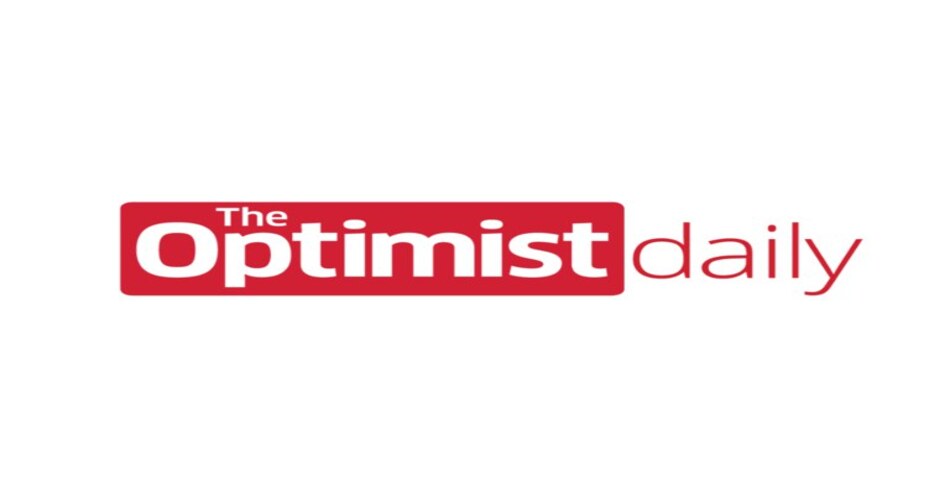Back in September, we published a story from Maine where the state’s Supreme Judicial Court upheld the use of ranked-choice voting for its presidential and congressional races. The Optimist Daily celebrated that decision because it allows voters to opt for an independent third-party candidate without feeling like the vote was wasted.
In case you don’t recall, ranked-choice voting allows citizens to rank candidates from most to least favorite rather than having to choose a single candidate. To win a ranked-choice vote, a mandate is required to earn a majority of the votes, not just a plurality. Should there be no candidate with a majority of the votes, the candidate with the fewest votes is tossed out of the running, and the votes are tallied again. This time, however, the voters whose favorite candidate was just tossed out will now have their second choice count as their vote. This process continues until one candidate has earned at least 50 percent of the votes.
Following in Maine’s footsteps, Massachusetts and Alaska each have a ballot question this year proposing ranked-choice voting. If these measures are passed, it could have major implications on the way America votes in future elections, giving outsiders an actual chance in a country where two parties dominate.
As reported by Fast Company, the ballot measures in Alaska and Massachusetts differ slightly. Alaska’s would implement something called “top-four,” where rather than each political party holding a primary, there’s one blanket primary for all candidates and voters pick their top four choices.
The Massachusetts initiative would still allow for separate party primaries. Alaska’s initiative would also allow RCV for the presidential election; the one in Massachusetts does not. When Maine passed its RCV ballot measure, it didn’t initially include presidential elections, but that was added in 2019 and will be used for the presidential election.
As always, we’ll keep you updated when we find out the outcome for Massachusetts and Alaska.











